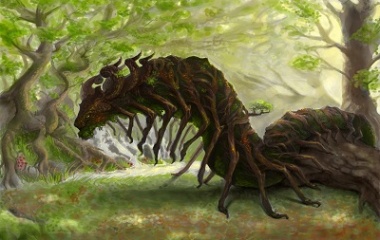

Sutherland Staff WriterĬopyright © All rights reserved. In Norse myths and legends, Nidhogg symbolizes chaos, sin, and destruction. You see, n means a social stigma in Norse and Germanic culture. N is the first syllable for the word Nidhogg, and it plays a very important role in Norse society. During Ragnarok “the twilight of the gods”, the dragon will stand on the side of the giants under the leadership of Loki, and fight with Odin’sforces. The Name Nidhogg Like all creatures, gods, and mortals in Norse mythology, Nidhogg's name tells us exactly who he is. Like Jormungandr, a son of Loki, also Nidhogg is an enemy of the Aesir gods. Nidhogg, however, can be both. It is a snake, but it also has wings. Origins of Nidhogg According to the song Grímnismál, Nidhögg belongs to the creatures at the world tree Yggdrasil. 1241), which largely follows the Völuspá. The Ragnarök is fully described only in the Icelandic poem Völuspá (Sibyl’s Prophecy), probably of the late 10th century, and in the 13th-century Prose Edda of Snorri Sturluson (d. Norse mythology has both dragons and snakes. Nidhögg, also Nidhöggr, Nidhöggur (Old Norse Níðhggr 'the hateful beater'), is a serpent-like dragon in Norse mythology that lives on the world tree Yggdrasil and torments the dead. Nidhogg, is a serpent dragon in Norse mythology that lives at the bottom of the world tree Yggdrasil and torments the dead. Ragnarök, (Old Norse: Doom of the Gods), in Scandinavian mythology, the end of the world of gods and men. The name Nidhogg is most probably derived from the word "níð", (in Old Norse: a loss of honor).

Interesting is also the origin of the name of this frightening mythological creature. In "Grimnesmol" (Grimnesmal), one of the mythological poems of the Poetic Edda, this dreadful creature is described as: “he who strikes with malice, with bitter enmity or spite”). Artist unknown - Right: The horrifying Niddhog. The mystery of the coniunctio, the central mystery of alchemy, aims precisely at the synthesis of opposites, the assimilation of the blackness, the integration of the devil.Left: Artistic impression of a Völva. In psychological terms, the soul finds itself in the throes of melancholy, locked in a struggle with the ‘shadow’.

Right at the beginning you meet the “dragon,” the chthonic spirit, the “devil” or, as the alchemists called it, the “blackness,” the nigredo, and this encounter produces suffering.In the language of the alchemists, matter suffers until the nigredo disappears… This work is difficult and strewn with obstacles the alchemical opus is dangerous. The ‘opus magnum’ had two aims: the rescue of the human soul and the salvation of the cosmos. Sources have suggested that Nidhogg’s continued presence in the new world is to provide an evil balance to the new good.Īlchemy represents the projection of a drama both cosmic and spiritual in laboratory terms. The dragon however survives to continue its existence in the new order that follows. Nidhogg rises at Ragnarok, bringing up the corpses of the dead to join battle. In the act of gnawing the root, Nidhogg joins the four stags Dainn, Dvalinn, Duneyr and Durathor who graze the leaves and bark of Yggdrasill higher up. Ratatosk in turn brings the eagles taunts back to Nidhogg. Money Back Guarantee ensures YOU receive the. When not feeding upon the dead Nidhogg gnaws at the root of Yggdrasill and sends taunting messages to the eagle perched in its high branches via the squirrel Ratatosk. Shop the Largest Selection, Click to See Search eBay faster with PicClick. Nidhogg or Nidhoggr is the Dragon, which inhabits the underworld Niflheim the spring in Niflheim which is the source of the rivers of the world. Nidhogg ( Old Norse Níðhöggr, literally Curse-striker or He Who Strikes with Malice) is the foremost of several serpents or dragons who dwell beneath the world-tree Yggdrasil and eat its roots. In Norse myth, Nidhogg (“tearer of corpses”) is a monstrous serpent that gnaws almost perpetually at the deepest root of the World Tree Yggdrasil, threatening to destroy it.


 0 kommentar(er)
0 kommentar(er)
